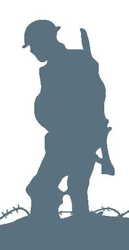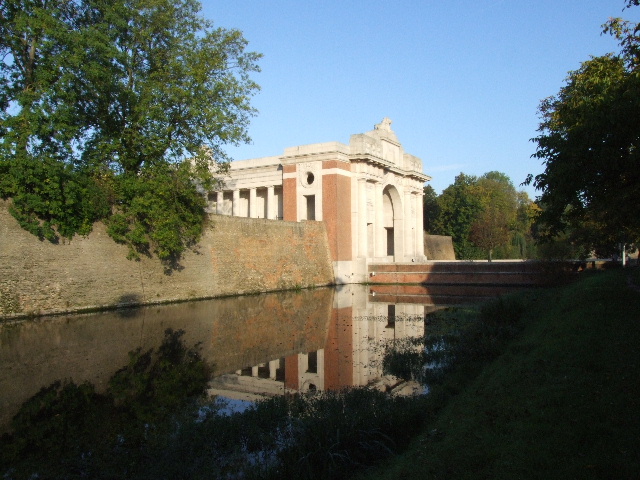Name
William Pettitt
Conflict
First World War
Date of Death / Age
31/07/1917
20
Rank, Service Number & Service Details
Private
265948
Hertfordshire Regiment
Awards: Service Medals/Honour Awards
Not Yet Researched
Cemetery/Memorial: Name/Reference/Country
YPRES (MENIN GATE) MEMORIAL
Panel 54 and 56.
Belgium
Headstone Inscription
NA
UK & Other Memorials
Hertfordshire Regimental Memorial, All Saints Church, Hertford,
Not on the Sawbridgeworth memorials
Pre War
William was the son of John and Alice Pettitt, of Sheering Mill Rd., Sawbridgeworth, Herts. He was born in 1896 at Chadiston in Suffolk. His brothers were Herbert Ernest (20) and Arthur John (11) and he had a sister Eva Blanche (22) living in Turnford, Broxbourne.
Sometime before 1901 the family had moved to the village of Sheering where his father was a ‘Maltster’s Labourer’ and lived at Malling Lane. In the 1911 census, William was recorded as a ‘Farm Labourer’.
He was resident in Sawbridgeworth and in Sheering Mill Road when he enlisted in Hertford into the Hertfordshire Territorials Force. He was issued with the service number of 3308 meaning he enlisted between 5th September and 4th November 1914 - unfortunately the date in not readable on his enlistment papers, although the second page gives first posting as 28th September 1914.
Wartime Service
After training he embarked from Folkstone 15th December 1916 arriving in Boulogne the same day.
He had a period in the Casualty Clearing Station at Wimereux in February 1917 suffering from Laryngitis then transferred to Calais via Boulogne. He must have been very ill because he did not leave to join his regiment in the field until the 23rd March
Posted missing on the 31st July 1917 and then later recorded as dying that date.
The 1st Hertfordshire Battalion were in support of an attack on the Langemarck Line and a general bombardment of the German lines commenced at 3.45am on the 31st July and and the planned assault began. It had three objectives to achieve known as Blue, Black & Green and units of the 116th Brigade easily captured the first two objectives, preparing the way for the forward companies of the Hertfordshire battalion, to take the third objective. At 05.00am the Hertfordshires left their assembly positions to attack their objective, which lay over the crest of a ridge.
As they made their way forward, they came under heavy fire from both German machine guns and snipers but after eliminating a German strongpoint moved up towards St. Juliaan, which was only lightly held. The battalion crossed the Steenbeek with some difficulty and two of its supporting Tanks became bogged down in the mud. Things then went from bad to worse. A pre-arranged artillery barrage never materialised due to the guns being unable to move forward over the muddy terrain and the German barbed wire defences, which were fifteen feet deep in some places, were found to still be intact. It was soon realised that ground could only be won by section " rushes" supported by the unit’s own fire.
The Cheshire Regiment were on the right of the battalion but the Black Watch, who were due to cover the left flank, had been seriously delayed. This left the Hertfordshire Regiment seriously exposed and the Germans exploited this by bringing a hurricane of fire down upon the stricken troops. This was followed by a German counterattack and by 10.30am it was clear that the objective could not be achieved. Casualties were very heavy with 459 men being killed, missing or wounded.
There is now a memorial to the Hertfordshire Regiment at St. Julien erected by the Herts at War Project.
William was not the only local soldier to die here. At least three other residents of Sawbridgeworth were killed with him. Possibly they were friends. He has no known grave and is named on the Menin Gate. He was aged 20.
Acknowledgments
Jonty Wild, Douglas Coe



